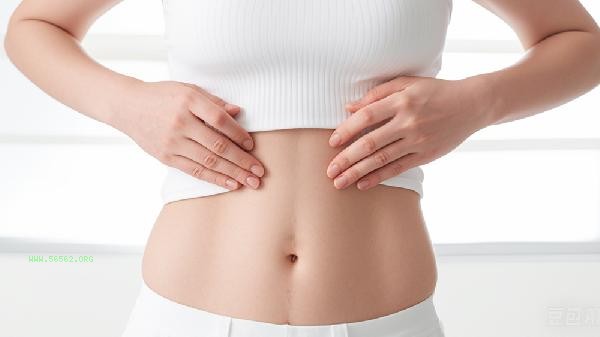Moderate intake of high-quality protein and low glycemic index carbohydrates after exercise can help reduce fat. It is recommended to have chicken breast, broccoli, eggs, oats, and Greek yogurt. After exercise, the diet should control the calorie deficit, avoid high sugar and high-fat foods, and ensure nutritional balance.

1. Chicken breast
Chicken breast is a typical high protein and low-fat food, containing about 31 grams of protein per 100 grams and extremely low fat content. Protein can help repair muscle fibers damaged during exercise, promote muscle synthesis and metabolism, and prolong satiety time. When cooking, it is recommended to boil or grill in water to avoid frying and adding extra heat. Eating vegetables in combination can increase dietary fiber intake and further delay blood sugar fluctuations.
2. broccoli
broccoli is rich in vitamin C and dietary fiber, with only 35 calories per 100 grams. The sulforaphane it contains helps regulate fat metabolism, and dietary fiber can promote intestinal peristalsis and reduce fat absorption. Blanching in cold water or stir frying can maximize the retention of nutrients, while consuming with protein foods can form a complete nutritional combination.
3. Eggs
Eggs provide a complete amino acid profile, with a single egg containing 6 grams of high-quality protein and only 70 calories. The lecithin in egg yolk helps to emulsify and decompose fat, while vitamin D can regulate calcium and phosphorus metabolism to promote recovery after exercise. It is recommended to choose boiled or steamed eggs to avoid extra oil intake during frying. Cholesterol sensitive individuals can reduce their egg yolk intake appropriately.

4. Oats
Oats belong to low glycemic index compound carbohydrates, and β - glucan can delay gastric emptying rate. After exercise, 30 grams of oats provide about 100 calories of energy, which can be combined with dairy products to form a protein carbohydrate synergistic supplementation mode. Choosing raw oats instead of ready to eat oats can provide more lasting energy release and avoid severe insulin fluctuations.
5. Greek Yogurt
Skimmed Greek yogurt contains 10 grams of protein per 100 grams and has a lower carbohydrate content than regular yogurt. Among them, casein has a slower digestion rate and can continuously provide amino acid supply. Lactic acid bacteria help maintain the balance of gut microbiota, indirectly affecting the efficiency of fat metabolism. Adding a small amount of nuts can increase healthy fat intake.

Within 1 hour after exercise is the window period for nutritional supplementation, and it is recommended to consume no more than 50% of the calories consumed during exercise. In addition to the above foods, low calorie vegetables such as cucumbers and tomatoes can be paired to increase satiety. It is necessary to avoid consuming high sugar beverages or refined pastries immediately after exercise, as these foods can quickly raise blood sugar and promote fat accumulation. Maintaining a scientific diet and regular training after long-term exercise can effectively improve basal metabolic rate and achieve healthy weight loss. If there are special health conditions, it is recommended to develop a personalized diet plan under the guidance of a nutritionist.






Comments (0)
Leave a Comment
No comments yet
Be the first to share your thoughts!